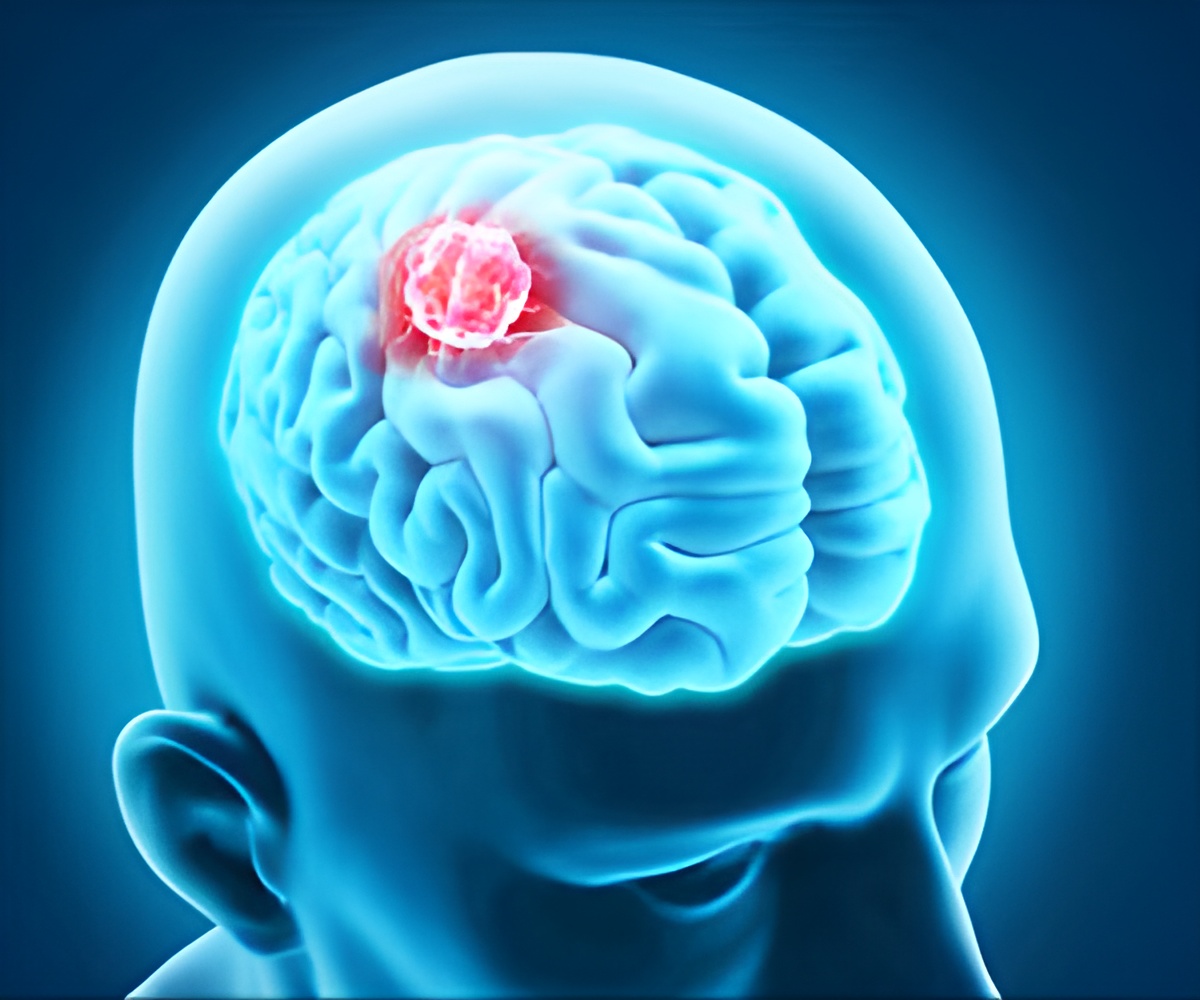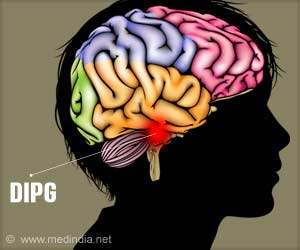New study identified a unique way to disrupt the cellular process that contributes to Diffuse Intrinsic Pontine Gliomas (DIPG) and may improve the success rate against the children's brain cancer.

‘Diffuse Intrinsic Pontine Gliomas (DIPG) is a highly aggressive and inoperable type of tumor that grows in the brain stem which usually strikes kids less than ten years old.
’





Earlier studies identified a genetic mutation called PPM1D, which is critical for cell growth and cell stress response as a contributor to DIPG. Previous efforts to directly attack the PPM1D mutation, however, proved futile in controlling DIPG.The TGen-Yale-Iowa led team discovered a vulnerability in the metabolic process for creating NAD, a metabolite that is necessary for all cell life. "This is really an amazing new way to attack this cancer. We found that the mutated gene PPM1D essentially sets the stage for its own demise," said Michael Berens, Ph.D., a TGen Deputy Director, head of TGen's DIPG research, and one of the study's senior authors.
Researchers found that mutated PPM1D silences a gene called NAPRT, which is key to the production of the NAD metabolite. With NAPRT unavailable, the cell switches to another protein needed to create NAD called NAMPT. By using a drug that inhibits the production of NAMPT, researchers found they could essentially starve to death those cancer cells with the PPM1D mutation.
"It is such a devastating disease, and we have been so stymied in our progress for new DIPG therapies. Many drugs have been tested with no success at all. These findings now offer new hope for children with this truly terrible disease," said another senior author Ranjit Bindra, M.D., Ph.D., Associate Professor of Therapeutic Radiology at the Yale Cancer Center, where he treats children with DIPG.
Researchers had long thought DIPG was a childhood version of adult brain tumors, and so similar treatments for adult gliomas were tested extensively in children and failed.
Advertisement
"When epigenetic silencing results were analyzed, we were gratified to discover that DIPG cells with the PPM1D mutation had created a vulnerability to a key enzyme for which small molecule inhibitors were already available," said Sen Peng, Ph.D., a bioinformatician in TGen's Cancer & Cell Biology Division, and one of the study's contributing authors.
Advertisement
"Our study's potential translational impact should lead to clinical trials and renewed hope for these families who face such a difficult diagnosis for their child," said Charles Brenner, Ph.D., Chairman of Biochemistry at the University of Iowa, and an expert in nicotinamide adenine dinucleotide (NAD) metabolism. Dr. Brenner also was one of the study's senior authors.
Dr. Bindra said this study suggests that other cancers with PPM1D mutations, such as breast and gynecological cancers, could be similarly targeted.
Source-Eurekalert















